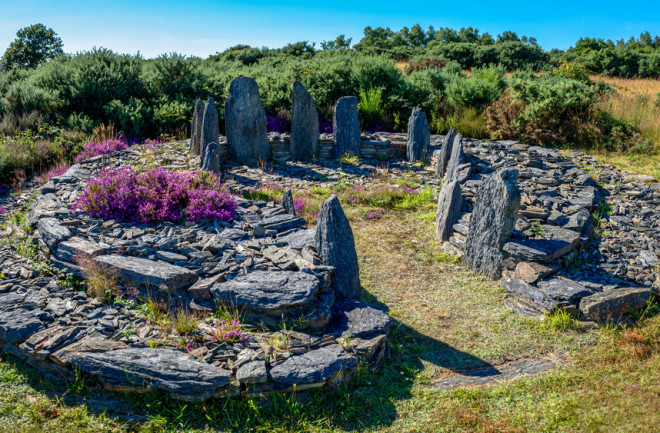While the word “Celt” or “Celtic” may call up images of clovers, sports paraphernalia, or even intricate knotted jewelry, the ancient culture behind these popular symbols couldn’t be more different from our modern associations.
Even the term itself — Celt — has been disputed by historians due to the ancient culture’s disparate nature. Although the term is useful, says Raimund Karl, a professor of Celtic archaeology at University of Vienna, “that popular conception, that all Celts are the same, and that they are part of one big nation and people and race and so on, that is nonsense.”
The Celts were a diverse and enigmatic Iron Age people made up of tribes across Europe and beyond. They were known for their fierce warfare, iron weaponry, their distinctive artistic style — not to mention, standing up to the Roman Empire. And their language even lives on today in modern Gaelic, Cornish, Welsh and more.
But what you may not know about the Celts may be even more remarkable, from their surprising origins to their legacy in our customs today.

